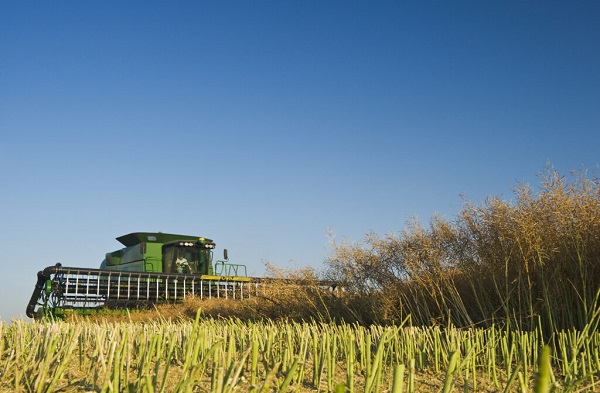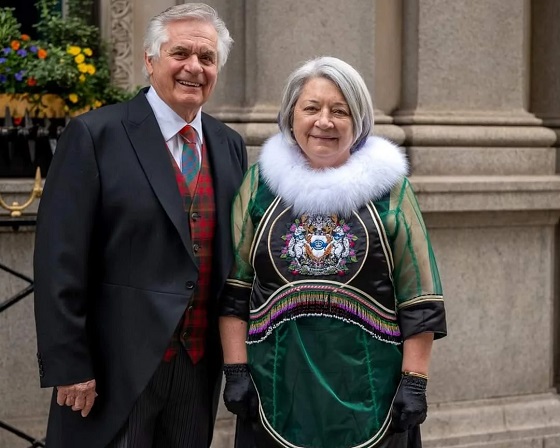National
Preston Manning: “Appearing to Cope” – Is This The Best We Can Do?
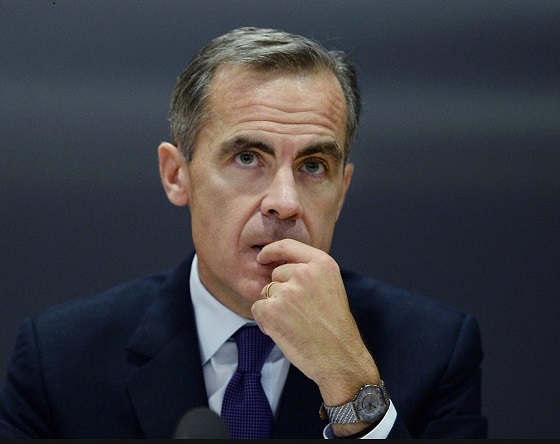
Many years ago, when I was in the consulting business, I visited Washington DC to re-connect with some Republican contacts I had previously made in California and who had since risen to positions of influence with the Nixon administration. In their California days they had been idealistic advocates of change, but when I met them in Washington most of that idealism had evaporated. As they ruefully explained, “ Here in Washington DC, the real name of the game is simply “appearing to cope”.
And how do politicians in high office play this game? When issue X arises, hold a news conference or give a speech acknowledging X’s existence and expressing deep concern. Convene a hearing or a conference on X, calling for decision makers and experts on X to attend and testify. Issue an executive order or send a draft bill to Congress with X in the title, the preamble, and the news release. In other words, substitute announcement for action, conferencing and discussion for results, and appearance for substance.
Flash forward 50 years and regrettably the “appearing to cope” strategy is very much alive and now practiced in Canada by the newly elected Carney government.
Is Infrastructure Development, long neglected and even obstructed by the discredited Trudeau administration, a pressing issue? Of course. So, borrowing from the Conservative platform, now make Infrastructure Development a theme of speeches and commentaries by Liberals seeking and winning election. Post election, convene a federal provincial conference with Infrastructure Development high on the agenda and post-conference communiques announcing “cooperation” on the subject. Introduce a bill in parliament purporting to facilitate Infrastructure Development by reducing federal regulations and interprovincial barriers while prophesying billions of dollars of investment in Infrastructure Development. As yet no actual infrastructure development has occurred – there are no shovels in the ground – but the appearance has been given that the federal government is successfully addressing the issue.
“Appearing to do” as a substitute for actually doing is now complemented and amplified in this age of social media by the ease with which governments and politicians can also “appear to be” something or someone they are not. The exhortation to “Do, rather than appear to do” should now be accompanied by that of the old Latin motto – Esse Quam Videri – “Be, rather than appear to be”.
As the contractors complete the future Chamber of the House of Commons in the refurbished Parliament Building in Ottawa, maybe they should carve into the ceiling of the Chamber – in a prominent place visible to all members of the House. “Do, rather than appear to do. Be, rather than appear to be.” Would not the acceptance and practice of those two exhortations render our politics and our government more worthy of public trust?
Subscribe to Preston’s Substack.
For the full experience, upgrade your subscription.
Business
Gun Buyback Program creating criminals out of law abiding citizens and directing police away from actual crime

Not only do police chiefs not want to go after legal gun owners to help the federal government’s gun buyback program.. even if they did want to, they don’t have the resources.
But that hasn’t stopped Mark Carney’s government from implementing a program that will cost at least three quarters of a billion dollars which in effect will create a new class of criminals. Millions of Canadians who followed the stringent rules to obtain firearms will become criminals if they choose not to turn in guns they bought, used, and stored legally for years or even generations.
In an effort to appear to be doing ‘something’ about gun crime Mark Carney’s government has created this expensive program which is already being called a boondoggle.
The Conservative Opposition is pointing out just how ludicrous this new program is in the parliamentary hearing where MP Andrew Lawton asks representatives of Canadian police forces if this law will help curve crime, and if their forces are prepared to help implement the new law.
Video from the Canadian Coalition for Firearms Rights
The federal government is rolling out the law in the Cape Breton region of Nova Scotia. Cape Breton gun owners will be the first to be required to hand in the firearms which the federal government is in effect confiscating.
For it’s part, the Canadian Taxpayers Federation is hoping to head off this potential billion dollar boondoggle before the feds spend hundreds of millions of dollars. The CTF is offering free legal advice to Cape Bretoners threatened by the gun buyback program.
From the Canadian Taxpayers Federation
CTF offering free legal advice to Cape Breton gun owners targeted by federal gun grab
The Canadian Taxpayers Federation is offering free legal advice to Cape Breton firearms owners after the federal government announced a pilot project to confiscate firearms.
“If you’re a gun owner in Cape Breton and you want to know your rights, we are here for you,” said Devin Drover, CTF General Counsel. “Ottawa just extended the amnesty until at least October 2026 and you do not have to hand anything over right now.
“Police officers across Canada are saying that confiscating guns from licenced gun owners won’t reduce gun crime so we want to make sure those law-abiding citizens have the legal advice they need.”
The federal government has banned more than 2,500 models of firearms since 2020. Now it is targeting Cape Breton gun owners directly with this confiscation trial, despite warnings from experts that the program will not work.
“It won’t impact crime rates,” said Doug King, professor of justice studies at Mount Royal University.
The National Police Federation, representing RCMP officers, has also warned the scheme “diverts extremely important personnel, resources, and funding away from addressing the more immediate and growing threat of criminal use of illegal firearms.”
Meanwhile, costs continue to escalate. The Parliamentary Budget Officer estimates compensation alone could reach $756 million, with some experts warning the final tab could climb into the billions.
“Confiscating guns from licensed, law-abiding Canadians won’t stop criminals from getting their hands on illegal guns,” said Gage Haubrich, CTF Prairie Director. “Taxpayers should not be left footing the bill for a confiscation scheme that won’t make Canadians safer.”
Cape Breton gun owners seeking free legal advice regarding the firearm confiscation can contact the CTF legal team by emailing [email protected].
Energy
Here’s a list of ways the Carney government can unshackle Canada’s energy sector

From the Fraser Institute
The Carney government recently unveiled its first list of projects under the recently enacted Bill C-5, officially dubbed the “Building Canada Act.” In practical terms, under Bill C-5, the prime minister will determine what projects are—or are not—in the “national interest.”
Not the expressed interest of the public, which may want to buy things delivered via such projects. Not the expressed interest of investors who want to pump money and productive activity into the Canadian economy. No, people such as Steven Guilbeault—former minister of Environment and Climate Change, current Carney cabinet member, and perhaps the person most responsible for creating Canada’s major-project building problem in the first place—will help Prime Minister Carney determine what “major projects” are in the “national interest.”
Bill C-5 allows cabinet to override existing laws, regulations and guidelines to facilitate investment and the building of projects such as pipelines, mines and power transmission lines. Or, as we have recently seen, choose not to facilitate them.
The Carney government’s first project list does not include a single oil or gas pipeline project. The government says this is because nobody in the private sector has proposed one, which is likely true—as Alberta Premier Danielle Smith has observed, the current regulatory environment deters investment. Indeed, only a fool would spend the money needed to even write up a formal project proposal relating to oil and gas production or transport in Canada right now. Canadian energy CEOs sent Carney an open letter saying much the same thing. To spur investment, Canada needs major regulatory reform not more fiat governance. The CEOs want government to simplify regulations, shorten timelines for project approval, commit to growing production, create fiscal frameworks to attract investment and find ways to gain aboriginal support for oil and gas projects. All nice words, but also, all too general.
So, in the interests of helping the government figure out what it might do with more specificity, here’s a list of “Bills/Acts that Could be Repealed or Neutered in the National Interest:”
Repeal/neuter the Tanker Ban Bill, (Bill C-48), which discourages investment in oil and gas export capacity in Canada. Repeal/neuter the cap on Canadian oil-and-gas-related greenhouse gas emissions, which deters investment in Alberta oil and gas. Repeal/neuter the regulations for methane emissions in the oil and gas sector, which will almost inevitably raise costs and curtail production. Repeal/neuter the EV mandate, another thinly-veiled initiative that would dissuade potential investors from producing fuels for use in internal combustion vehicles. (And no, the recent trivial “review” initiative by the prime minister doesn’t count as meaningful repeal.) Finally, Carney could repeal/neuter the Orwellian-named Clean Electricity Regulations, which investment in natural gas production.
Canada, as is now recognized on across the political spectrum, has ambitions to become an “energy superpower.” But that race cannot commence until the runners lose the regulatory shackles that have been piled upon them over the last decade. The Carney government should focus more on specific unshackling and less on hollow cheerleading. In other words, less talk, more action.
-
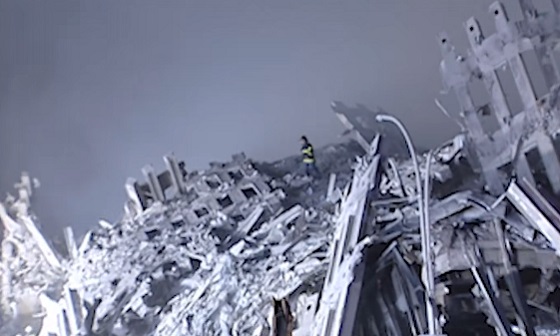
 espionage2 days ago
espionage2 days ago24 years later: Tucker Carlson releases interview with retired CIA agent claiming the CIA KNEW 9/11 was coming
-

 Business2 days ago
Business2 days agoWEF has a plan to overhaul the global financial system by monetizing nature
-

 Alberta2 days ago
Alberta2 days agoAlberta pro-lifers demand protections for infants born alive after failed abortions
-
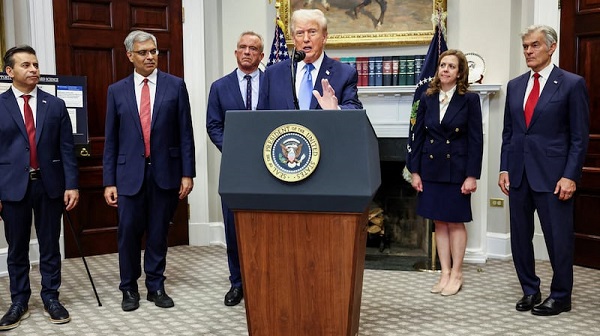
 Autism2 days ago
Autism2 days agoTrump Blows Open Autism Debate
-
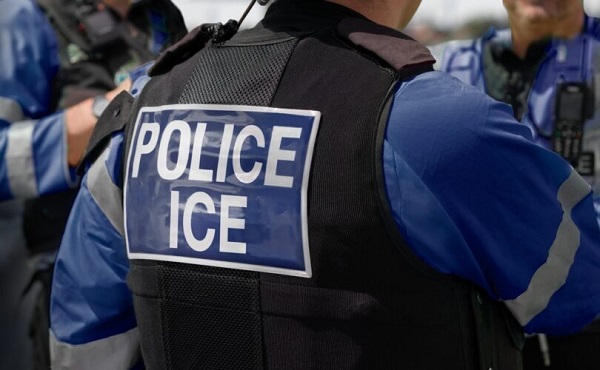
 Crime2 days ago
Crime2 days ago1 dead, 2 injured after shooting at Dallas ICE facility
-

 Daily Caller2 days ago
Daily Caller2 days agoTrump’s Ultimatum To Europe On Russian Oil
-
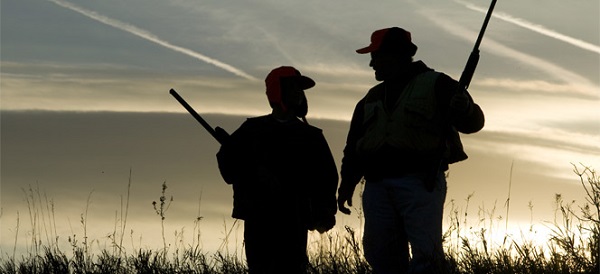
 Business2 days ago
Business2 days agoTaxpayers: Stop wasting money and scrap the gun ban
-
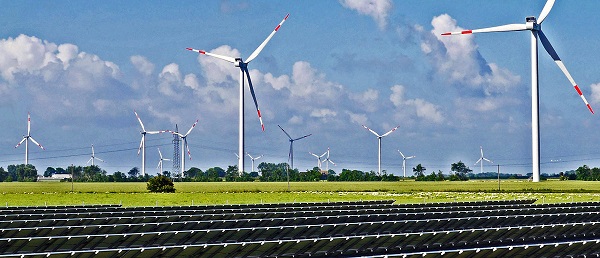
 Energy2 days ago
Energy2 days agoBig Tech’s ‘Misleading’ Green Energy Claims May Plunge Nation Into Blackouts, AGs Warn





